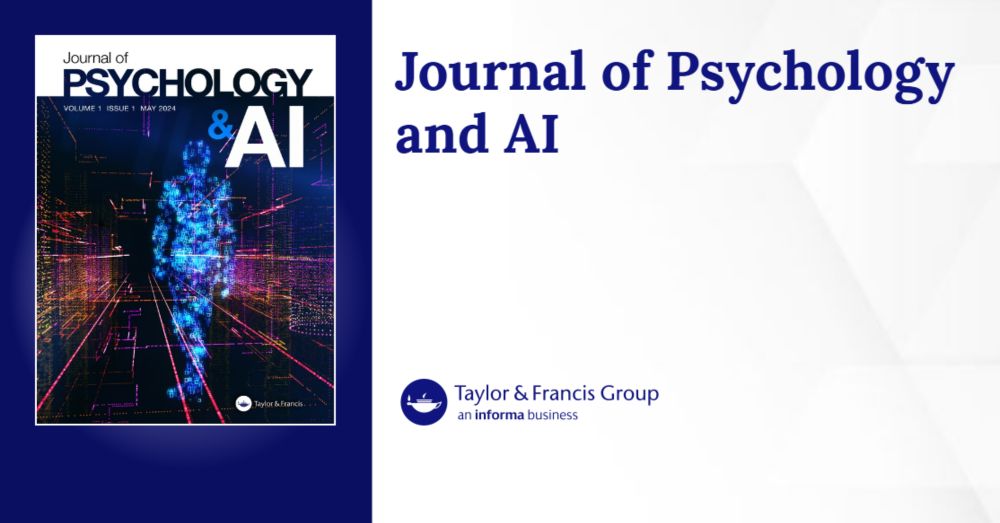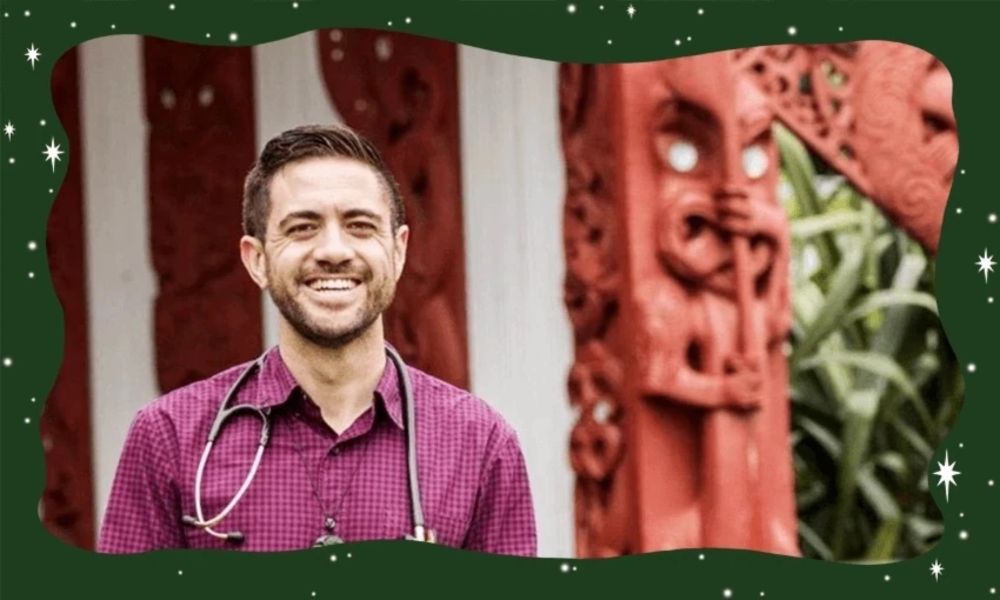
Conceived by the guest editor Lisa M. Meeks and brought to life through the visual artistry of Kaitlyn Ripaldi and the poetry of Dr. Megan Brown (Box 1), this collaborative piece—uniting artist, poet, and editor, each with a distinct lens on medicine and disability—offers a powerful visual metaphor for how inequity persists within systems that claim neutrality.
Inside a single glass vase rest 2 sets of peonies, separated by an almost imperceptible barrier. On one side, the flowers thrive—immersed in clear water and enriched by golden nutrients that represent access, trust, and care. On the other, the blooms remain closed, their edges browned, reaching for a limited stream of water. Still beautiful, but not given the conditions to bloom. A single fallen petal beneath them marks the quiet loss of students failed by the system.
The vase stands alone in a hospital corridor. Down the hall, a student walks with a cane, her head slightly bowed under the weight of systemic ableism. In her shadow: the legacy of disabled learners who came before her—and those who may follow.
Every detail in this piece invites the viewer to question what is seen, what remains unseen, and what must change. What lies beneath the surface? And what will it take for every student to flourish?
🚨New Special Issue of @acadmedjournal.bsky.social on Disability Inclusion
Featuring research, perspectives, and cutting-edge practice. Dr Neera Jain is proudly part of the editorial committee and author on several pieces. Hats off to @docswithdisability.bsky.social! journals.lww.com/academicmedi...
25.09.2025 03:53 — 👍 3 🔁 2 💬 1 📌 0

Natural and artificial intelligence – the psychotechnical agenda of the 21st century
The aim in this paper was to consider some of the fundamental and important differences between natural and artificial intelligence (AI). We are currently amid the third wave of AI technology, and ...
New pub from Craig Webster - The future contains many useful AI tools, but to fully understand and benefit from these we need to be aware that natural and artificial intelligence are in fact very different. Understanding these differences comprises the important psychotechnical agenda of our times.
08.06.2025 23:11 — 👍 0 🔁 0 💬 0 📌 0
This potentially reflects high baseline levels of teamwork and surgical outcomes, diluting effects of the progressive uptake of the team training over intervention periods, and other confounders including the COVID-19 pandemic.
04.06.2025 01:27 — 👍 0 🔁 0 💬 0 📌 0
Improved patient outcomes, measured from the national administrative dataset as Days Alive and Out of Hospital at 90 days, could not be solely attributed to our intervention.
04.06.2025 01:27 — 👍 0 🔁 0 💬 1 📌 0
ScienceDirect.com | Science, health and medical journals, full text articles and books.
New pub 📣 NetworkZ multi-disciplinary, in situ simulation-based team training in 95% of New Zealand public hospital operating theatres over 5 years achieved small improvements in measures of teamwork by involving 41% of New Zealand operating theatre staff in team training.
04.06.2025 01:27 — 👍 0 🔁 0 💬 1 📌 0

Culturally unsafe healthcare is unsafe healthcare – we cannot pretend otherwise
The government’s proposal to weaken cultural safety in healthcare isn’t neutral – it threatens lives and deepens inequities.
CMHSE's Dr Mataroria Lyndon writes in the Spinoff on the importance of cultural safety in health professional regulation and why the Ministry of Health's "putting patients first" consultation, which positions cultural safety as separate from clinical safety, is misguided.
11.05.2025 22:59 — 👍 0 🔁 0 💬 0 📌 0
We've made the switch to BlueSky - we're a hub for health professions education research and scholarship at Waipapa Taumata Rau - The University of Auckland in Aotearoa - New Zealand. Looking forward to making connections and sharing our scholarship in #HPER #MedEd
30.03.2025 23:21 — 👍 4 🔁 1 💬 0 📌 0
ObGyn, Medical Educator, Patient Advocate & Activist, Mentor, Sponsor, Servant Leader, Former Dean of Diversity & Inclusion, Former Chair of ObGyn Dept, my views, she/her/hers, on Lenapehoking lands, personal account, supporter of climate equity
AAMC Chief Academic Affairs Officer, leading AAMC initiatives to transform current models of education & workforce preparation across the full #meded continuum.
Follow me on LinkedIn for the latest updates, www.linkedin.com/in/alison-whelan.
Autistic anaesthetist, ADHD, Clinical Associate Professor UCD School of Medicine, autism researcher, parent, founder Autistic Doctors International
Prof of Primary Care Health Sciences, Oxford. Researching digital health/ inequities, covid prevention (masks/ air quality). Wild swimmer. Mum to Rob (marine bio) & Al (doc). She/her. https://scholar.google.com.au/citations?user=QDCqsJwAAAAJ&hl=en&oi=ao
We fight to combat systemic ableism! | Advocating for equality & accessibility; disability as a part of diversity & inclusivity.
Health professions educator and researcher, fellow, settler, mother, friend, animal-lover.
Assistant Professor @ The Institute of Health Sciences Education, McGill University | Critical Qualitative Health Researcher | Avid Crocheter | Really Tired | Views are my own
Postdoctoral researcher in social psychology. Researching interaction, wellbeing, agency, medical humanities, and behaviour change.
Association of American Medical Colleges Central Group on Educational Affairs account. Managed by @nodakademic.bsky.social. Just starting out here as we move away from X. #TheCGEA #AAMCCGEA #MedEd
Gynecologic Surgeon & OB. Passionate about MIGS, advancing surgical excellence,#SurgSky #MedEdSky #ObGynSky #globalsurgery, #QISky. Clin Assoc Prof UBC, Dual 🇨🇦 🇬🇧 | Based in Canada | Opinions my own.
Higher education assessment & feedback researcher. Both kinds of doctor. Knitter and baker. Views my own, reposts are not necessarily endorsements.
Science news from the medical university Karolinska Institutet (KI) in Sweden. Our vision is to advance knowledge about life and strive towards better health for all. https://ki.se/
Clinical Prof Emeritus of Family Medicine, University of Washington, Seattle
Comprehensive clinician – generalist scholar.
Family doctor, teacher, researcher, editor, and professional leader.
I believe in caring, generalism and curiosity.
Health professions educator and researcher. Dietitian. Curious skeptic. Associate Professor and Director, Office of Innovation and Scholarship in Medical Education, Max Rady College of Medicine
Associate Director for Medical Education (Simulation) | Edinburgh
Non Linear Careerist: RN, Anatomist, Clinical Educator, Researcher (PhD)
**Profile under construction 🚧 **
Official account for the University of Auckland | Waipapa Taumata Rau, posting updates about research, news and events.
Father, Partner, Gay, MD (PICU), Medical Educator, Passionate about a just world where everyone can flourish. Question knowledge systems; be critically conscious; appraise the science. UBC Peds. Personal account/personal choices. RT not= endorsement.
Executive Director, EqHS Lab; Associate Professor & Vice Chair Member Support, uOttawa Dept of Medicine; Researcher, Bruyere Health Research Institute
Professor Emeritus @UAlberta, Neurodevelopmental Pediatrician
Author, Researcher, Keynote Speaker
#MedEd Futurist #EquityinHealthSystems
Nature Photographer


